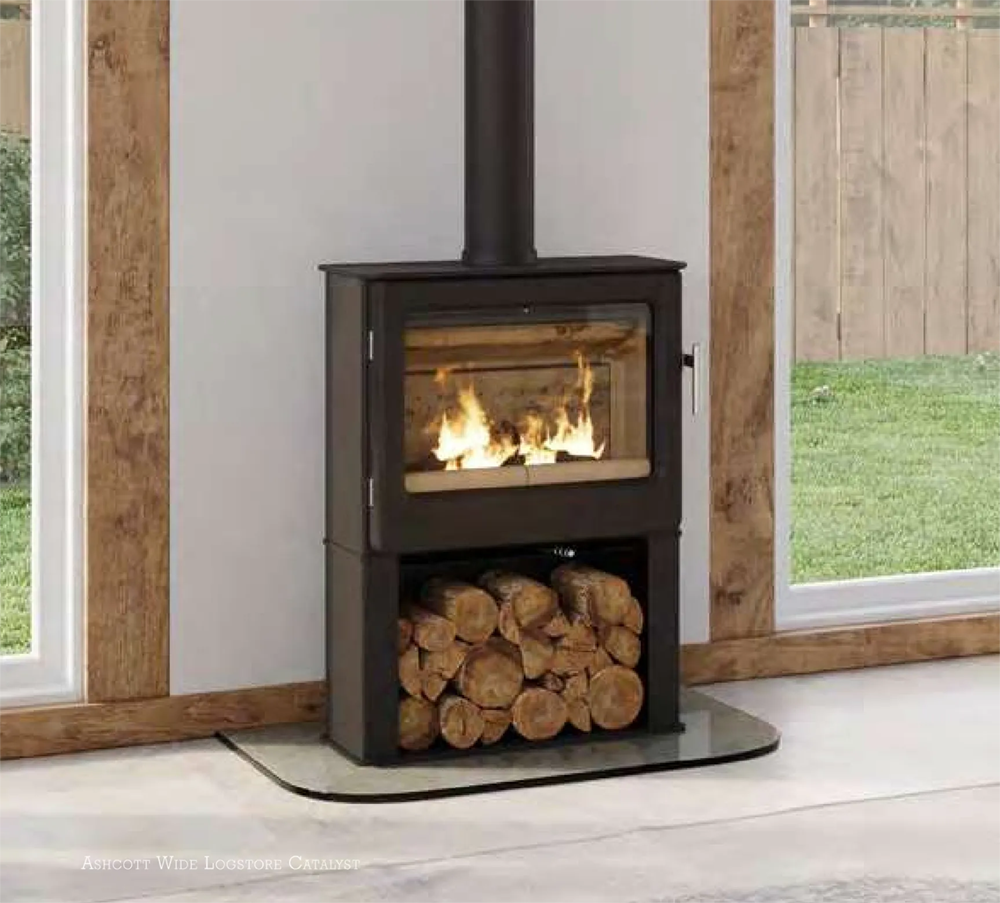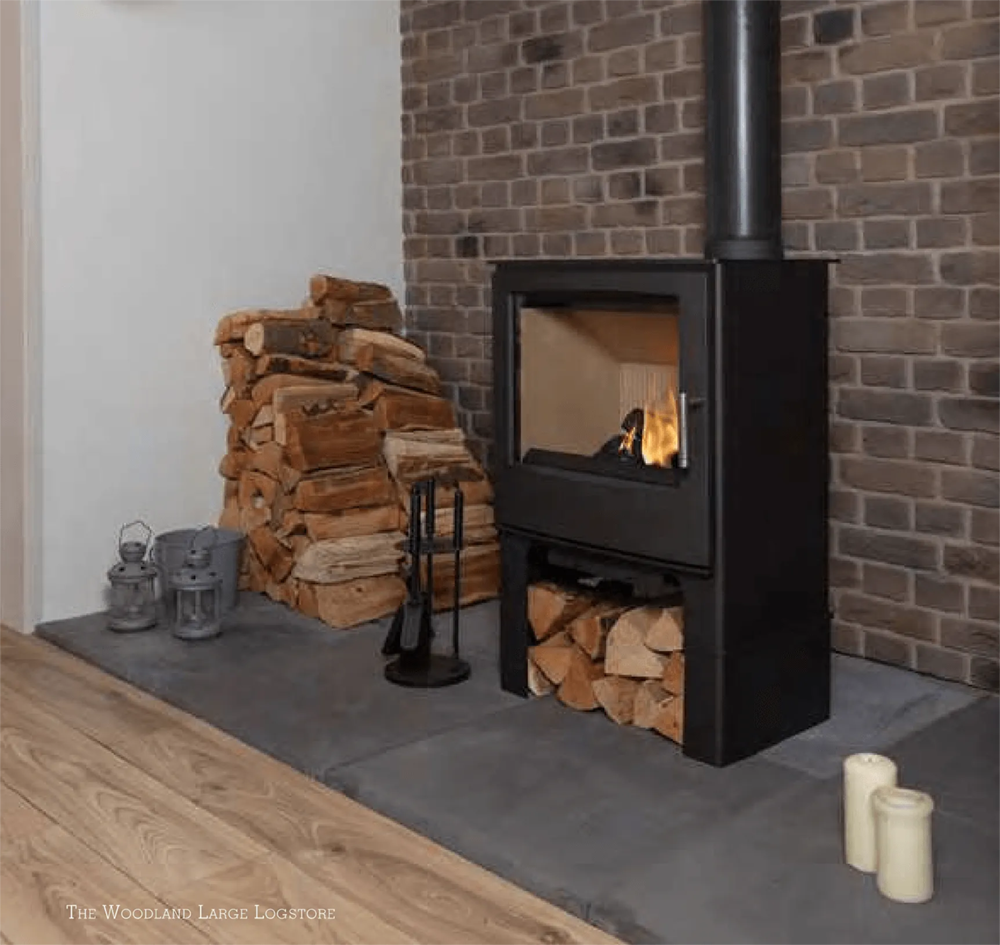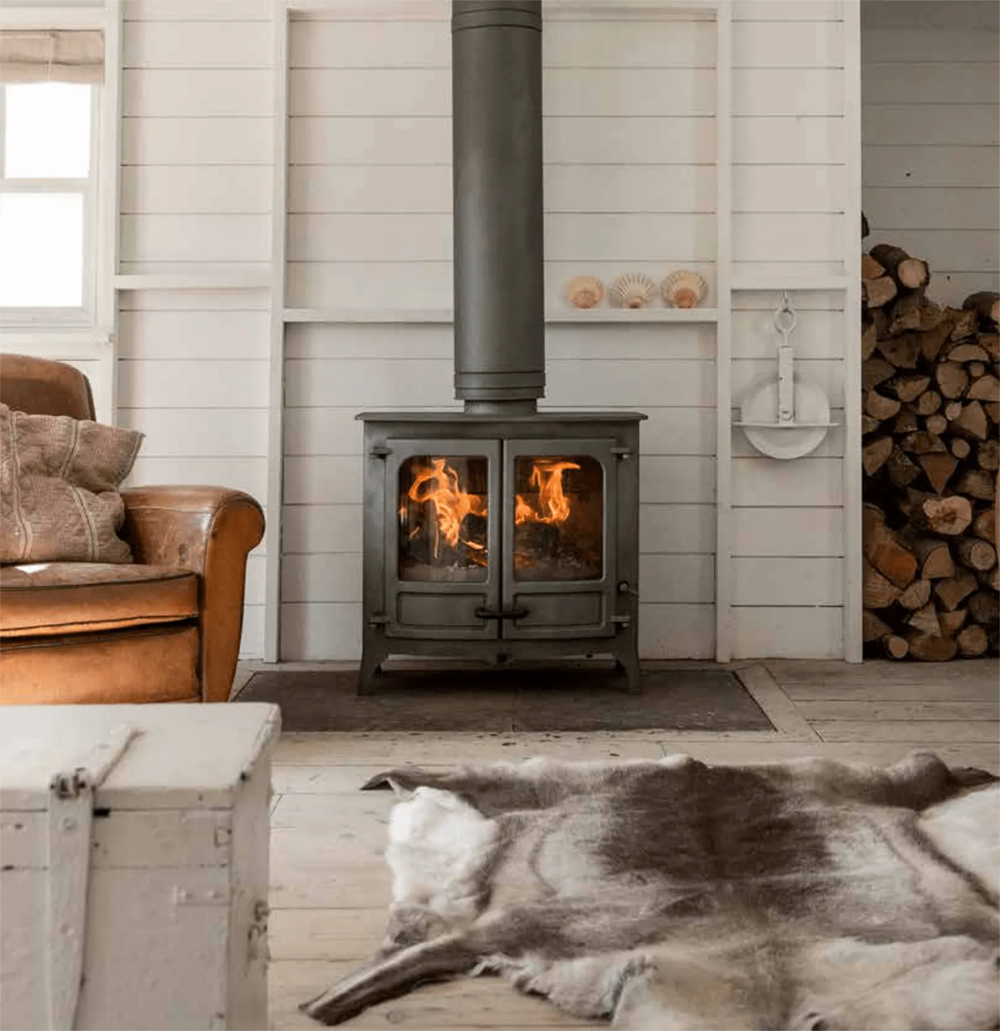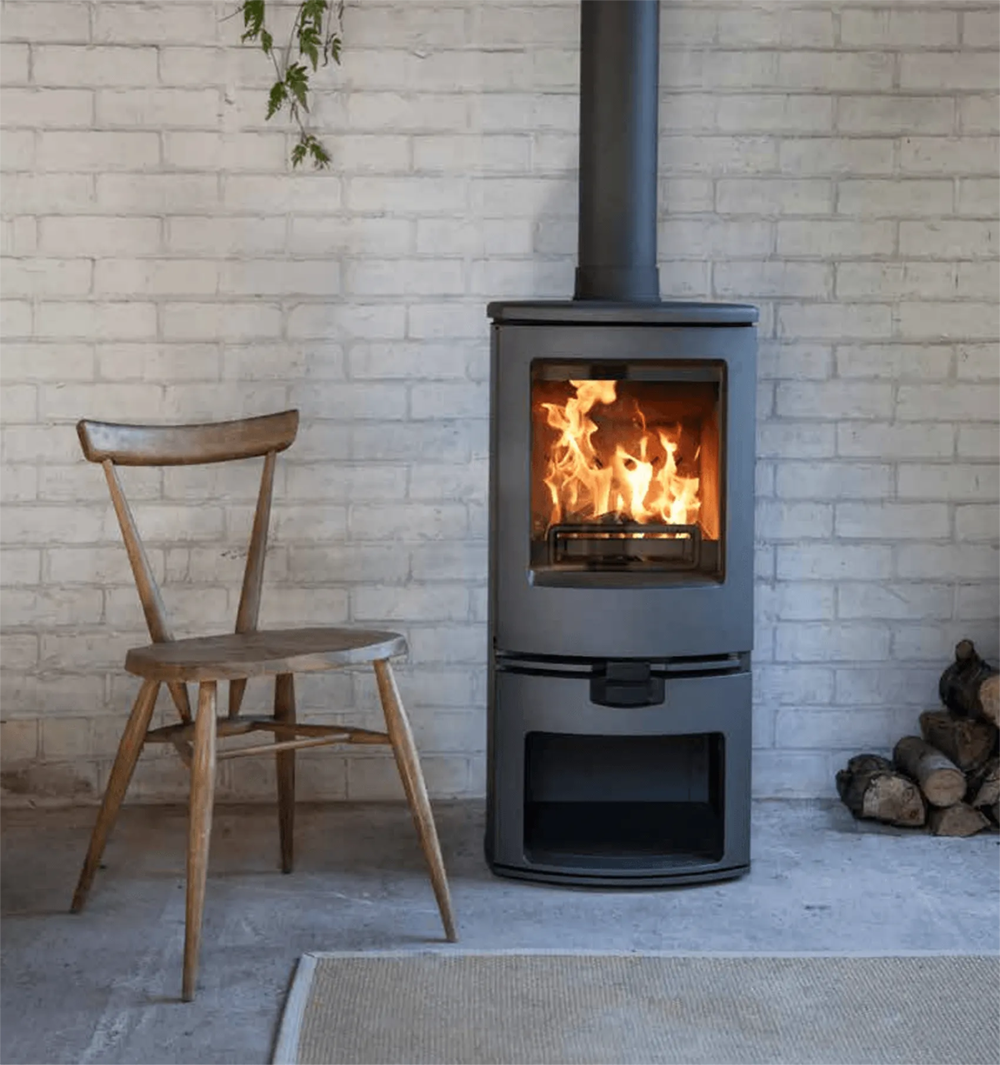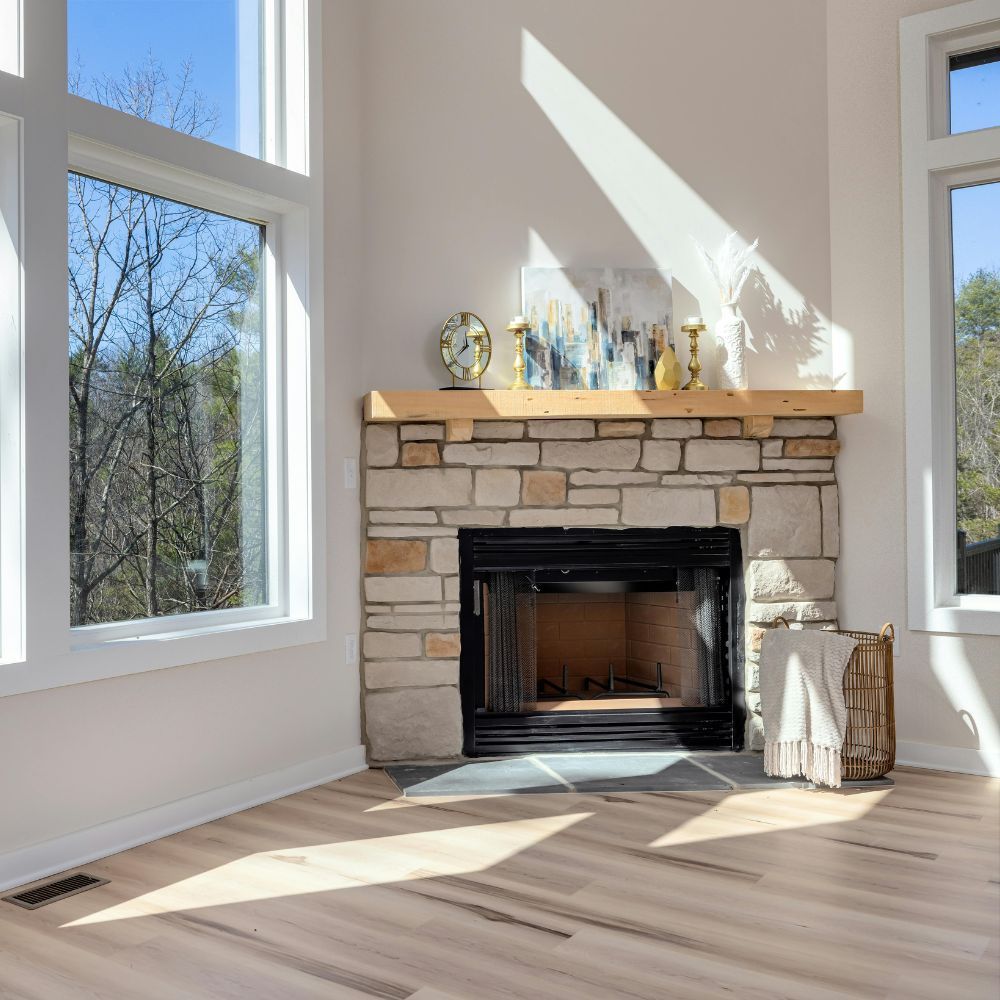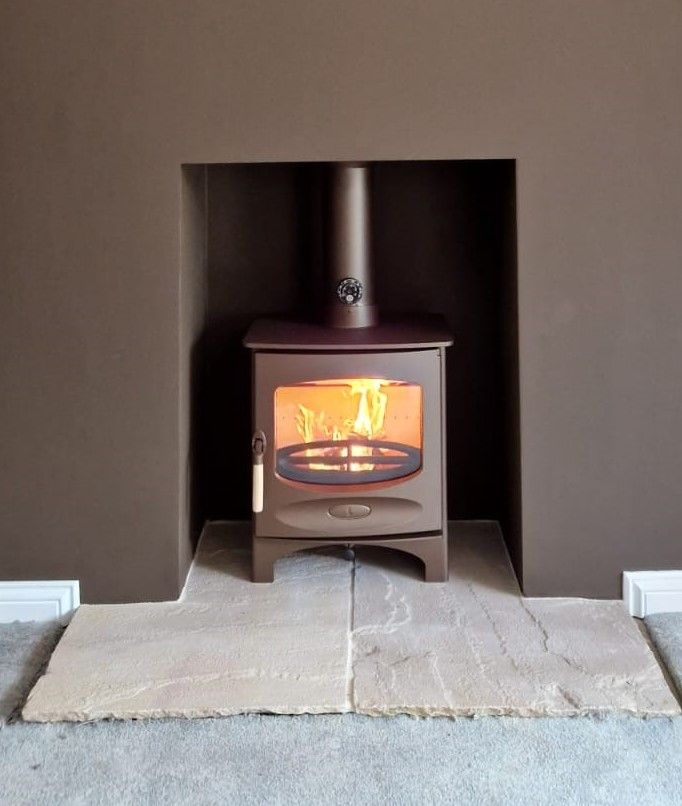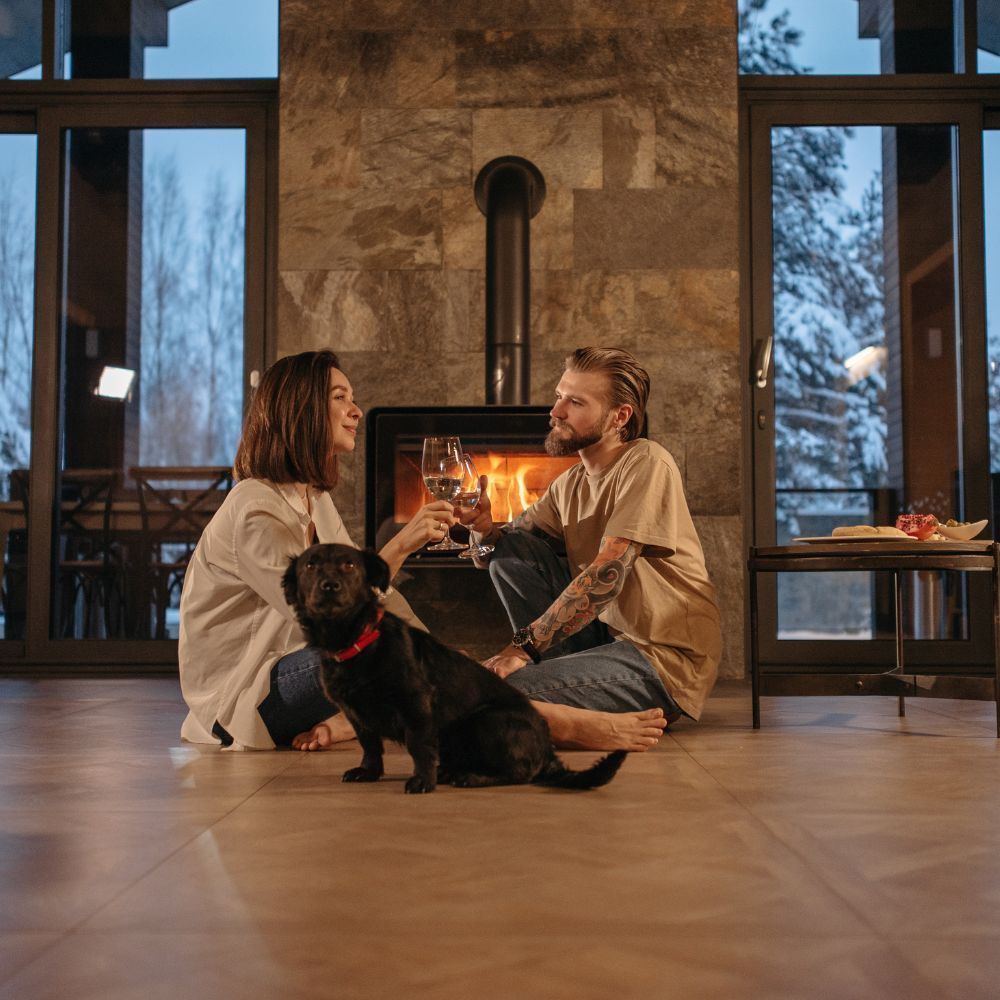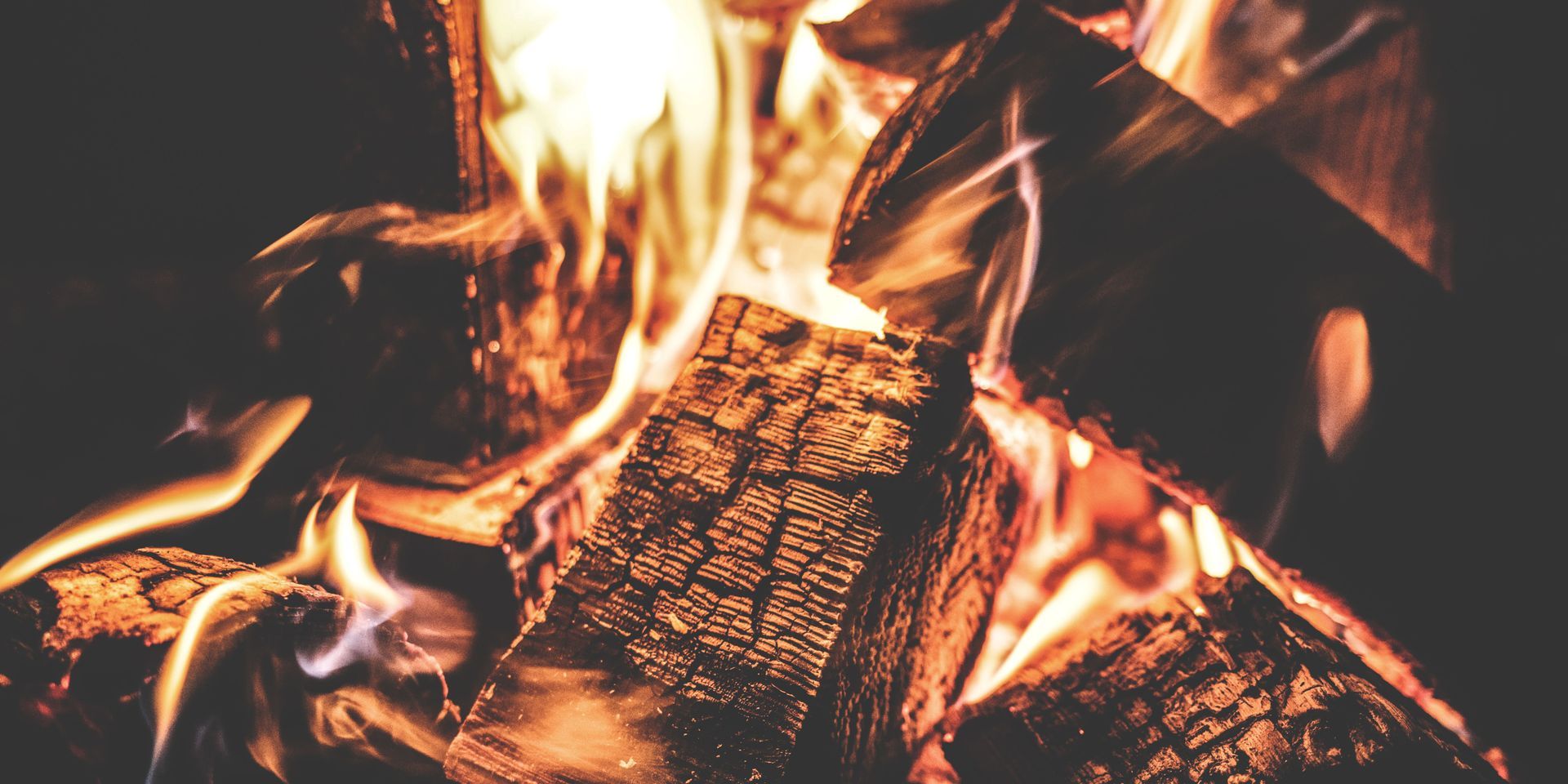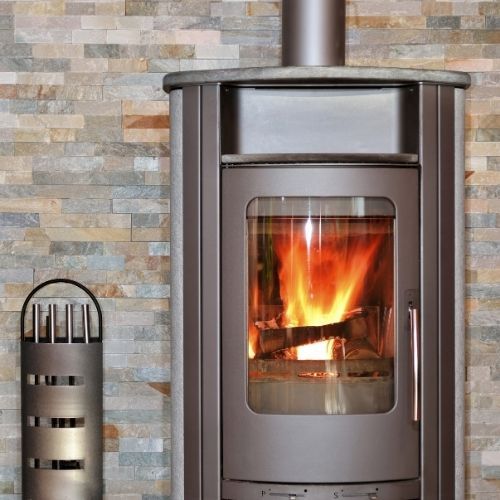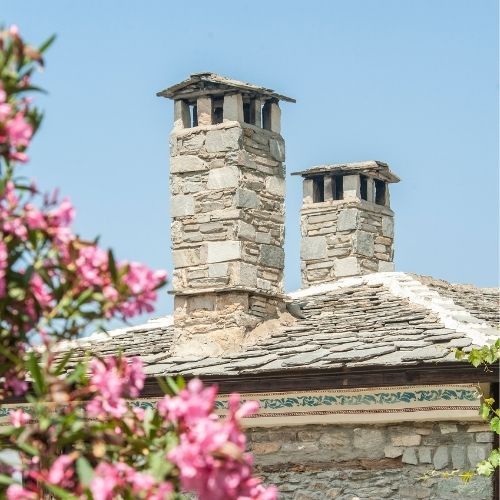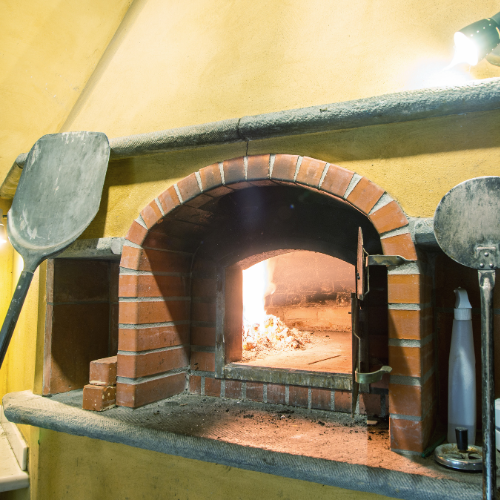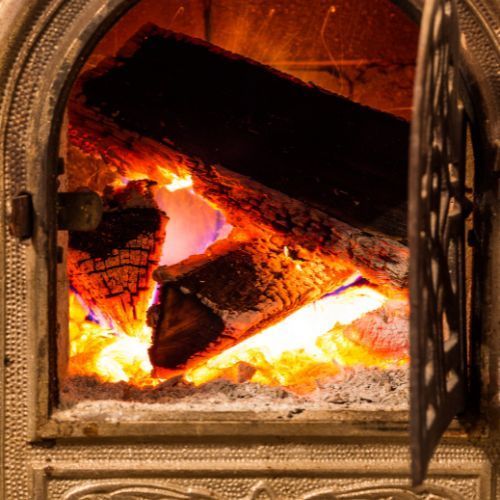Wood-Burning Stove vs. Fireplace: Which is Right for You?
Which is better - A Log Burner or an open fire?
It can be tough to decide between a wood-burning stove or a simple fireplace. In this blog post, we'll compare the two and help you make an informed decision.
Log Burner or Wood Burning Stove?
Firstly, let's clarify some terms. "Wood burner" and "log burner" both refer to a wood-burning stove that burns wood logs to produce heat. A wood-burning stove installer or a log burner installer is a credentialed professional who can install and maintain these stoves in your home.
An open fire is a hole in the wall with a fireproof hearth and sometimes a grate, serviced by a (usually) brick chimney that may or may not be adequate for evacuating the smoke from the fireplace.
Which is more efficient?
There's no competition. When it comes to heating efficiency, a wood-burning stove is the clear winner. These stoves are designed to burn wood more efficiently, producing more heat with less fuel. They also distribute heat more evenly, making them a great choice for larger spaces. Fireplaces, on the other hand, are pretty terrible at heating and profligate with fuel, with much of the heat escaping through the chimney.
Cost
In terms of cost and installation, a wood-burning stove is generally considered to be the more expensive option, but only on the basis that you might already have a fireplace and chimney. If you're starting from scratch, the costs might start to look more equivalent (because an open fire requires a more expensive masonry chimney, which a stove doesn't), and an open fire is going to be prodigiously more expensive to run, not just because of its wanton appetite for fuel but because replacing all the warm air that is sucked up you chimney is going to cost a fortune in central heating. (You might also struggle to get one approved for a new-build: open fires contravene Section L of Building Regulations, so for the purposes of this blog, we'll assume you already have a fireplace and chimney.)
However, adding a stove to an existing fireplace does usually require a flue or chimney liner to be installed. Additionally, a wood-burning stove installer may need to make modifications to your home to ensure that the stove is installed safely and meets building regulations. And expect to pay between £1000 and £2000 for a good stove from a reputable manufacturer (you can pay less, or much, much more for a woodburner, but this is the sweet spot for a combination of quality and price).
Are Wood Burners or Fireplaces Safer?
When it comes to safety, both options require some precautions to avoid accidents. However, a wood-burning stove is with good reason considered safer than a fireplace, as it is enclosed and has a glass door, which prevents sparks and embers from escaping and reduces the serious risk of accidental burns or fires. In the evening, with an open fire, it's always advisable to sit with the fire until it has gone out, while a stove can safely be left unattended and will keep burning and providing heat for several hours because you can control the burn rate. On the upside with an open fire, you won't have to stay up very late because the fuel is consumed so quickly it will burn itself out in no time.
With any type of solid fuel fire, it's important to get the flue regularly swept, but if you burn good dry wood with sufficient oxygen to achieve complete combustion, you should avoid the creosote accretion that can cause chimney fires.
Environmental Impact of Wood Burning Stoves
In terms of environmental impact, a wood-burning stove is a better choice than a fireplace, as they are designed to burn wood more efficiently, producing less smoke and pollution. Additionally, many modern wood-burning stoves are designed to be eco-friendly, using renewable and sustainable sources of fuel.
More generally, most firewood comes from tree surgery that makes trees and forests healthier, and burning logs creates no more Carbon Dioxide that leaving the same wood to rot. Additionally, the greater the demand for firewood, the more trees will be planted. Most ecologists and even most other humans agree that trees are a good thing. So it's good if there are more of them.
And if you're heating your home with a carbon-neutral fuel that literally grows on trees and can be sourced locally, you're NOT using a fossil fuel (and probably one shipped and pipe-lined halfway round the planet from some of world's most repressive regimes) to do it instead.
Wood burning stoves and fireplaces come in a variety of designs
When it comes to aesthetics, both wood-burning stoves and open fires can add charm and character to your home. A wood-burning stove can come in a variety of styles, from traditional to modern, and can be made from materials like cast iron, steel, or soapstone and fireplaces are endlessly malleable to expression, often decorative, with a focus on the design of the mantelpiece and surround, but frequently simple, too, letting the fire speak for itself.
The Snob Factor
Thirty or forty years ago, it was not uncommon for stoves to be thought of as proletarian, or at best, bohemian. It's not difficult to unpick the reasons why: efficiency was considered a dirty word, and in terms of performance, that was all stoves really had to offer (still an extremely good reason to have had one). Open fires were associated with ambience: the crackle and hiss of the logs, the spitting embers, the lingering scent of woodsmoke and the immediacy of the flames were all considered atmospheric. Stoves, by contrast, looked quite industrial. If they had glass in the doors at all, the lack of an airwash system meant that any fireview was reduced to an amber glow. They were seen as the poor man's friend, so open fire vs stove took on distinct class connotations. For some people, this bias still persists, though generally, the roles are now effectively reversed. Stoves are beautiful objects in their own right that offer many of the sensual benefits of an open fire without the many drawbacks, while many people condemned to keep using open fires simply lack the resources to convert to a more efficient means of heating.
Conclusion
Ultimately, the choice between a wood-burning stove or an open fire depends on your personal preferences, needs, and budget. At New Forest Fires, we offer a wide range of wood-burning stoves from top brands and can guide you through the installation process, ensuring safety and efficiency. We also offer maintenance and repair services to keep your stove in top condition. Contact us today to schedule a consultation or to learn more about our services.
About New Forest Fires
New Forest Fires is the leading installer of wood burning and multifuel stoves in the New Forest. We provide and install a large variety of log burners and multi fuel stoves to customers throughout Bournemouth, Southampton and The New Forest.
If you are thinking about installing a new Wood burner to help reduce your energy costs or just to improve the aesthetics of your home then please visit our showroom in Hordle where we have a wide range of wood burners on show.
Alternatively if you have any questions please feel free to call us or complete the form below and we will be happy to help.

